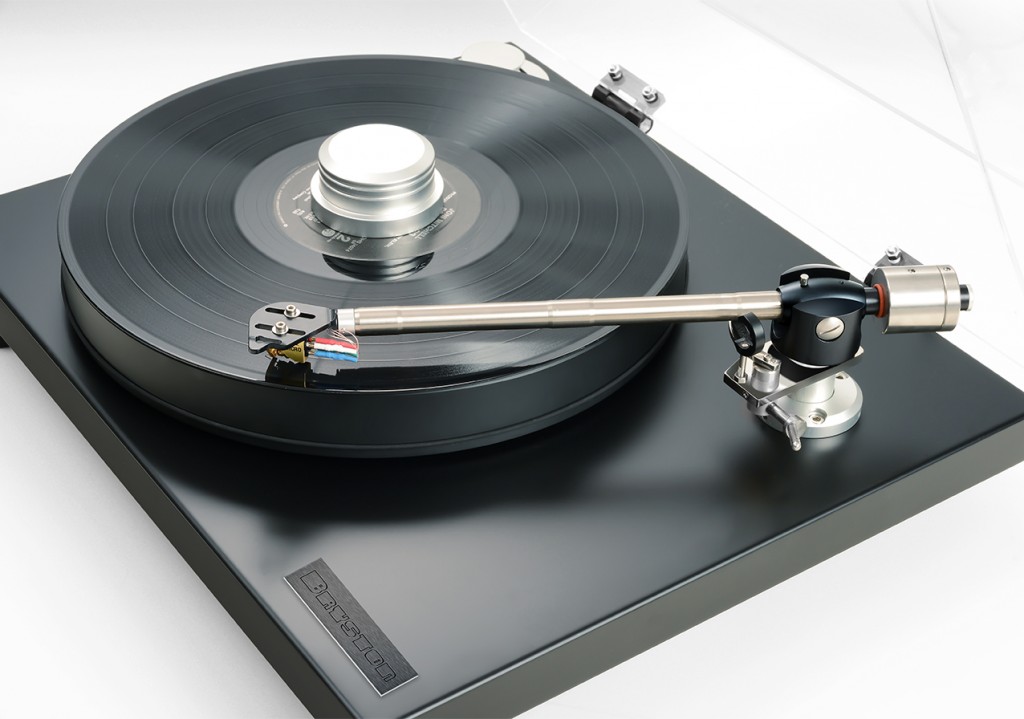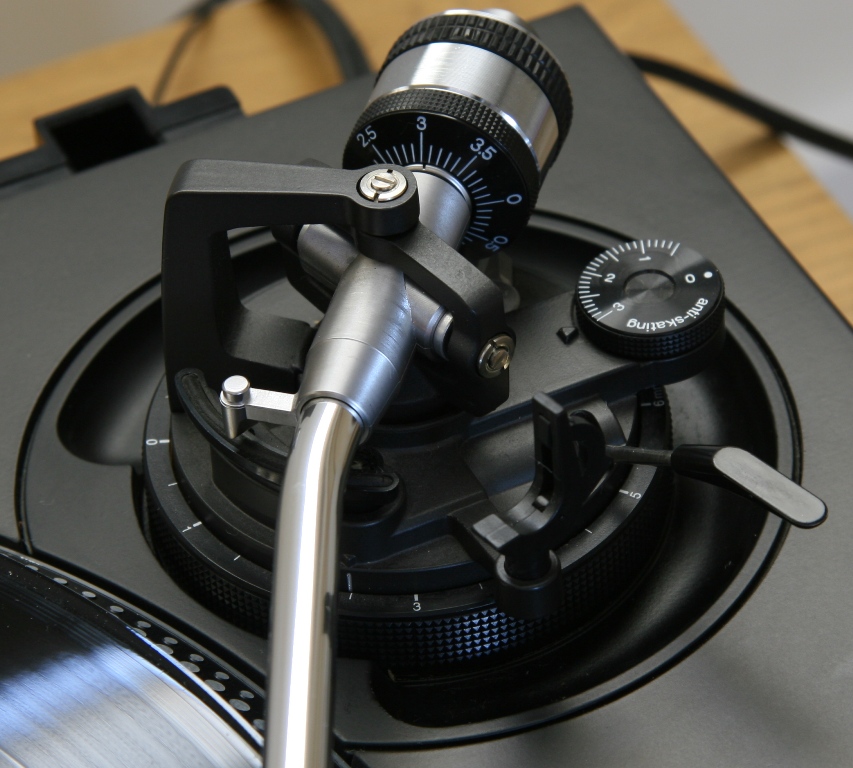Engineered for Spectacular Performance
by Venoth Nair
Listening to vinyl on a turntable is a hobby that requires a hefty dose of passion should you desire to partake in this form of music source. As we have seen in the previous articles, there are many steps and components that require familiarisation with in order to make sense of the “How’s” and “What’s” of turntable operation. Today we continue with the two most important turntable components both in its significance in delivering sound quality as well as the amount of engineering that’s packed into them. They are the Cartridge and the Tonearm.
First up, we will talk about what would probably be the most important component in your parts list when it comes to turntable, the cartridge. Cartridges come in many different shapes and sizes whilst built to varying specifications, they all perform the same duty, which is to convert those groove markings into a signal which can be transmitted. How it does this is quite similar to how a dynamo creates electricity, by moving a magnet between coils, which creates an electrical signal. This electrical signal is what is then converted into sound which subsequently is played back through our amplifiers and loudspeakers.

As mentioned previously, there are two groupings of cartridges which are the Moving Magnet (MM for short) and Moving Coil (MC). The key difference between the two types is as the names suggest, the component that moves or vibrate to create the electrical signal through the cartridge. This signal quality can differ heavily based on the design and engineering of each type of cartridge. This is where research and a good bit of auditioning will help you pick a type that suits your musical taste. There are many highly desirable brands out there from the commonly known to the absolutely exotic with prices to match, so this is something you should take your time on and sample through to know what you should choose ultimately.
The Cartridge is held over the vinyl disc by the tonearm. This is the last component that we will be looking at but under no circumstance should this component be seen as the least important. The tonearm is probably the most prominent component that notifies you of the turntables operation as it moves over and sits down on the record to initiate playback. The tonearm is responsible for connecting the cartridge to the vinyl disc. It is also wholly responsible for the movement of the cartridge over the vinyl disc as it rotates on the platter. This includes pivoting the cartridge across the vinyl disc at exactly the correct angle and maintaining its level as it skims above the rotating records.

It is paramount that the tonearm maintains the right amount of stability as any slight movement other than that suggested by the record will lead to errors in playback. This is why tonearms come with counterweights which sit at the opposite end of the structure and helps maintain the perfect level as the cartridge runs over the record. This is where setting up your tonearm correctly is important as different tonearm designs require different settings. These settings encompass parameters like the adjustment of the weight positioning and angling of the arm which is done to compensate the weight of the cartridge installed.

Engineering advantages such as stiffer materials and lightweight components are all applied here to provide a tonearm that is inert in its movement yet completely stable as to not be disturbed by any unwanted external forces. It’s no surprise that some of the more premium designs come with fancy materials such as carbon fibre and space grade metals to achieve absolute sound quality. Cartridges on many turntables models are actually interchangeable allowing users to tweak the sound output but remember to check the tonearms specifications to confirm that this is possible and what kind of limitations are there when swapping units.
So that concludes the basics on the key components that make up your standard turntable. Over the years as technology progressed, turntable designs have also evolved. There are many different ground-breaking feats both in appearance and engineering that push the limits of what a turntable can achieve sonically. It’s good to constantly read and audition various designs but as a beginner its best to keep it simple to give yourself a chance to familiarise with the operation and basics of a turntable. As your skills and knowledge progress, so can your vinyl rig.
